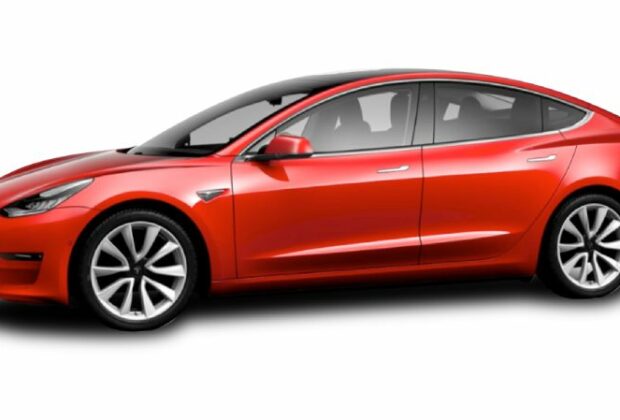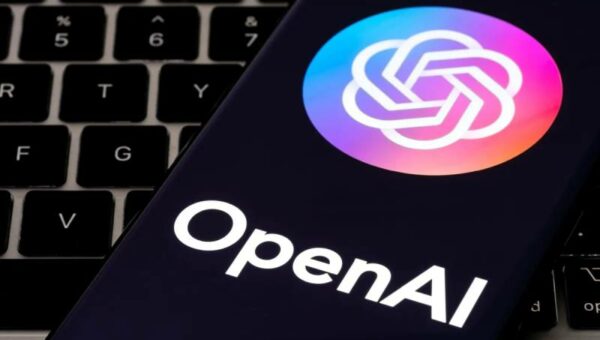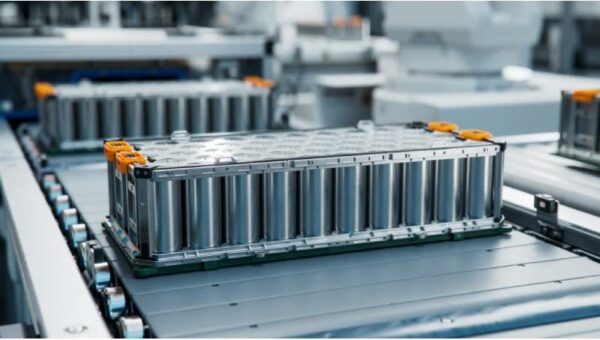Nowadays, practically every portable item we use—from laptops and phones to electric cars and even homes—is powered by lithium-ion batteries. But not all Li-ion batteries are made equally, with a variety of chemistries and form factors having benefits and drawbacks. The use-case scenario determines the features of batteries, as there is no perfect battery type. Three chemistries have emerged as the industry leaders for electric vehicles: nickel-cobalt-aluminum (NCA), nickel-manganese-cobalt (NMC), and lithium-iron-phosphate (LFP).
Energy density is impacted by the heavy iron content of LFP cells, despite their low cost of production and several benefits in terms of safety and longevity. Performance EVs use NCA and NCM cells because of their high energy density; nevertheless, compared to LFP, they are less stable and have a lesser durability. With nickel-based chemistries in the remainder of its portfolio and LFP cells in the base Model 3 and Model Y, Tesla employs all three types of batteries in its electric vehicles. The first Tesla model to employ LFP cells was the Model 3, which was used in cars manufactured at Giga Shanghai starting in 2020 and later in Fremont starting in 2021.
There have been several Model 3s that have needed new batteries since Tesla began selling them in 2017. These replacements have been carried out under warranty, thanks to Tesla’s enticing eight-year battery pack guarantee. Up until recently, Tesla has swapped out faulty 2170-cell battery packs for comparable packs that use NCA cells made in Sparks, Nevada by Panasonic. But according to a recent source, Tesla is now actively pushing for LFP-based alternatives to take the place of the NCA packs.
Warren (@Warren_pr1) posted the information on Elon Musk’s social media platform, X. Before installing the LFP pack, Tesla needs impacted Model 3 owners to sign a written agreement. The benefits and drawbacks of using an LFP replacement battery pack rather than an NCA battery pack are discussed in the document.
Warren sent a document that indicates the new LFP pack has a longer service life, which makes sense given the chemistry. But Tesla also claimed that compared to the old NCA battery, the new pack has a longer range. Another benefit is that, contrary to ternary batteries’ recommended charge limit of 80%, you can charge it to 100% every day. By doing this, you can drive farther on a daily basis and free up an additional 20% of your capacity for regular use.
The fact that the LFP battery pack weighs more than the original battery makes things less than ideal. This results in an approximately half-second increase in the 0-60 acceleration time. Tesla is updating the suspension to handle the extra weight because this has an impact on the vehicle’s dynamics. New springs, dampers, and a four-wheel alignment are also part of the makeover.








